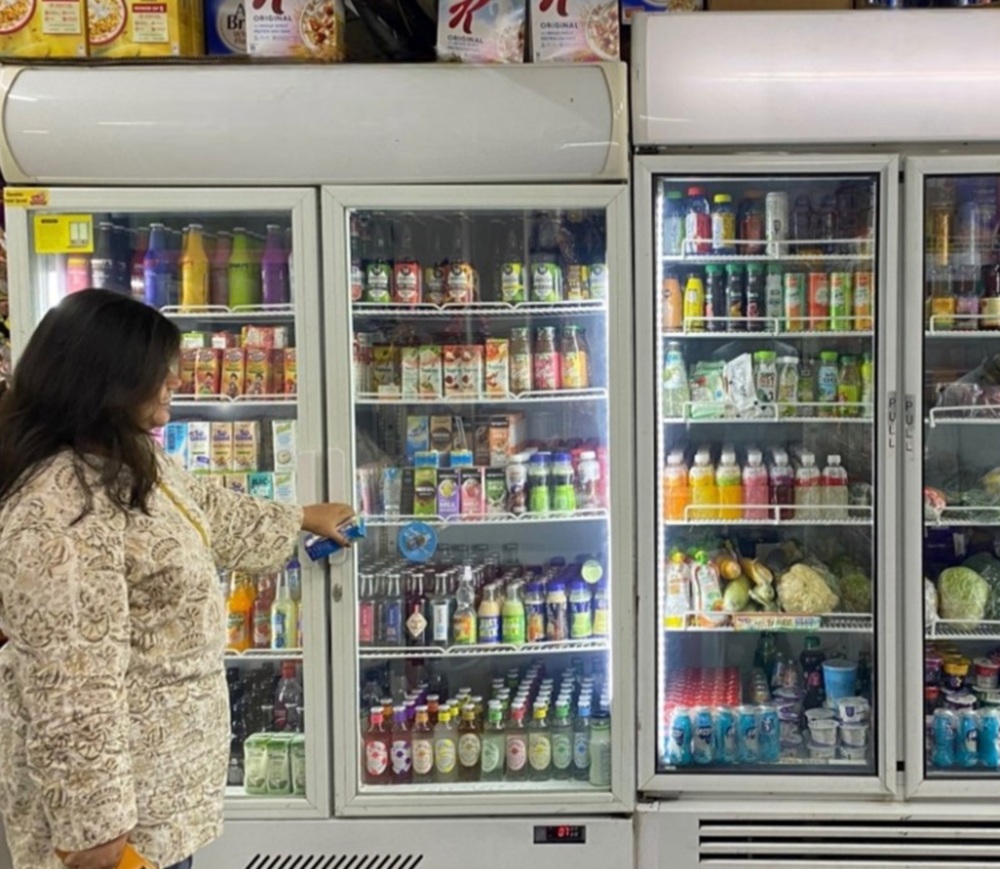Residential End-Use Energy Consumption and Appliance Ownership Patterns in India
Summary
In 2019, CLASP worked with Environmental Design Solutions to conduct a first of its kind pan-India urban residential end-use survey and real-time appliance energy-use monitoring through Non-intrusive Load Monitoring (NILM). The study’s objective was to establish appliance ownership and usage patterns for urban households and develop a framework for data collection and analysis on energy end-use.
Download Report
Fill out the form below to activate file downloads
The residential sector in India accounted for 24% of total electricity consumption in 2016 and is projected to rise more than eight times by 2050, primarily driven by appliances and equipment. This increase in product usage is attributable to several factors including better access to electricity and rising disposable income. However, at present, there is limited data and understanding of residential energy end-use and its variation with socio-economic strata and climatic zones. As the penetration of appliances and subsequent energy use expands in Indian households, it is becoming pertinent to establish a realistic end-use baseline for formulating informed energy policies and assessing the potential impact of these policies.
In 2019, CLASP worked with Environmental Design Solutions to conduct a first of its kind pan-India urban residential end-use survey and real-time appliance energy-use monitoring through Non-intrusive Load Monitoring (NILM). The data was collected across 5,000 and 200 households, respectively, in 13 cities, spanning different climate zones, socio-economic strata, and demographics across the country. The study’s objective was to establish appliance ownership and usage patterns for urban households and develop a framework for data collection and analysis on energy end-use. This information on India’s residential sector would inform such surveys in the future.
The data indicate that appliance ownership and usage is rising significantly. Per capita energy use is also increasing as households shift towards family nuclearisation. The results also provide insights into how energy consumption varies across climatic zones, demographic parameters and socio-economic strata for major appliances. This data could potentially influence the formulation of customized energy policy interventions to reduce energy consumption and promote a better understanding of future electricity demand, which would enable better planning and demand-side management programs. The data and key findings will be beneficial to academics, think tanks, policymakers, utilities and consumers for research, modeling, planning and future projections.
Want to know more about evaluating appliance ownership and usage patterns? Read another paper that examines the challenges and benefits of granular end-use data here.









